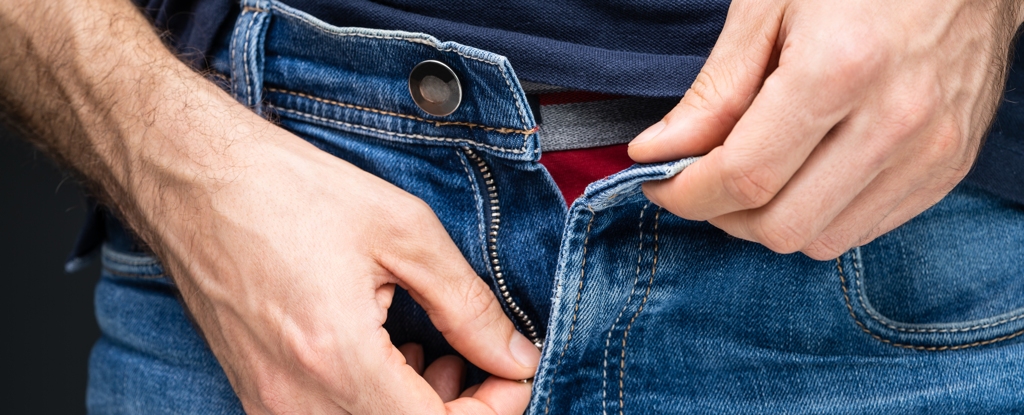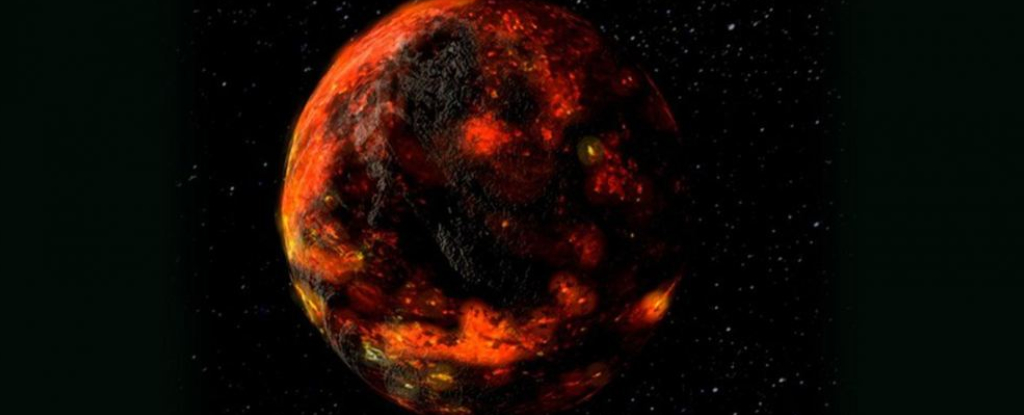Cars should be taken out for a spin every now and then to keep them in tip-top working order. A discovery by researchers at the Karolinska Institute and Uppsala University in Sweden suggests penises might not be all that different.
Investigating the functions of a common tissue in mice penises, the scientists found regular erections could be the ticket to keeping your engine primed for driving.
“It’s not so strange really,” says Karolinska Institute molecular biologist Christian Göritz.
“If you exert yourself a lot, your body adapts. If you run regularly, it will eventually become easier to breathe while running.”
The advice is purely speculative for the time being. Mice – like most other non-human mammals – have a literal bone called a baculum that aids penis rigidity. Humans only wish they had one.
Still, the basic mechanisms of mouse and human erections are more or less the same when it comes to tissue structures and functions, so there are still lessons to be learned.
The study also stopped short of directly evaluating the effects of frequent erections on future erectile function.
What they did look at was a type of cell found in high numbers throughout the body called a fibroblast. These tissues help build connective structures that support and hold together various organs and other pieces of anatomy.
“Fibroblasts are the most abundant cells in the penis of both mice and humans, but they have been neglected in research,” says molecular biologist Eduardo Guimaraes from the Karolinska Institute.
“Now we can show, using a very precise method called optogenetics, that they have a very important role in regulating blood flow in the penis, which is what makes the penis erect.”
Erections are surprisingly complex feats of chemical engineering. Whether there’s a bone to assist or not, the process involves a spongey, highly vascular erectile tissue called the corpora cavernosa.
Usually, the ‘fight or flight’ hormone norepinephrine keeps smooth muscle locked up, squeezing blood flow into the corpora cavernosa to a trickle. To get the party started, the ‘rest and digest’ part of the nervous system delivers a dose of nitric oxide and acetylcholine to relax the muscles and let blood pressure do its work.
Just where fibroblasts might fit into this story of smooth muscle fibers, hormones, and blood vessels wasn’t clear, so the researchers targeted the tissue’s genes and used a light-triggering process to modify their membranes.
They determined fibroblasts play a direct role in switching from a flaccid to erect state by modulating the amount of norepinephrine available. Having a healthy number of fibroblasts to soak up all that muscle-tightening hormone allows the gates to open fully.
The quantity of fibroblasts isn’t exactly set, though. As we age, fibroblast numbers start to decline, which could help explain why around 15 percent of men in their 50s have difficulty maintaining a sufficient erection.
The good news is erections were found to alter the way fibroblasts sit in contact with one another, which in turn regulated their proliferation. The researchers showed that more erections in the mice led to fibroblasts growing in numbers.
“We discovered that an increased frequency of erections leads to more fibroblasts that enable erection and vice versa, that a decreased frequency results in fewer of these cells,” says Göritz.
Whether this translates into healthier erectile functions over time is a focus for future research. But given the benefits of sex in keeping your body and brain healthy as you age, it wouldn’t hurt to take the old Chevy out for a spin a little more frequently.
This research was published in Science.





